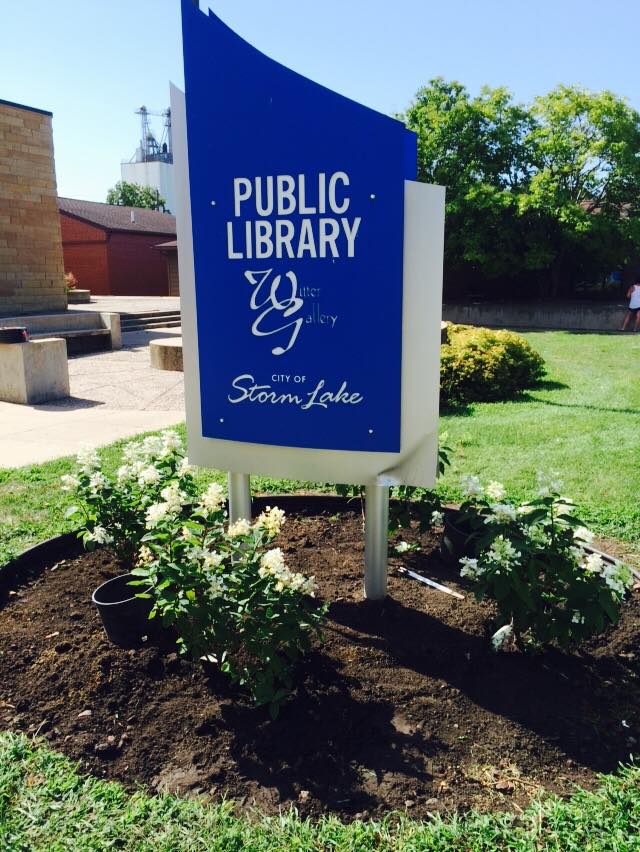(story by Dana Larson…photo by Kim Woltman)
A group of environment key players from around the region and the state gathered in Storm Lake Tuesday for an Iowa Watershed Approach Project bus tour of area watershed conservation projects.
As the project concludes, the tour celebrated the positive impacts it has had on the landscape and people within the watershed and its communities.
Stops included the Storm Lake Wastewater Treatment Plant wetland complex, White Family Trust site near Newell being created with the Buena Vista County Conservation Board, Smith Family Site east of Storm Lake, and Ted Smith project site on Highway 7near Storm Lake, all part of the North Raccoon Watershed Management Authority’s efforts over more than five years.
TheNorth Raccoon River WatershedProject includes activities in the upper watershed to reduce flooding and improve water quality, as well as infrastructure projects in the city ofStorm Laketo protect commercial and residential property from flooding. The watershed coalition was formed in 2016, working with landowners to implement conservation practices and prevent nutrient loss, in a watershed surrounding the river that is considered one of Iowa’s most vulnerable.
The legacy of the Iowa Watershed Approach effort is one of awareness, according to Kate Giannini of the University of Iowa’s Iowa Flood Center program. “We’ve learned that nature-based programs work when we can put conservation ideas on the ground.”
Over the lifespan of the watersheds project, nearly 800 new practices were installed around the state to protect water quality and reduce flooding, she said as the group was loading onto its tour bus in the Storm Lake High School parking lot.
The effort had its roots in the National Disaster Resilience Competition that provided $1 billion in funding for communities across the U.S. for resilience projects at the local level. The state won $97 million . “Iowa took a unique approach. Rather than focusing on cleanup, it started working upstream to slow the flow of stormwater,” Giannini said.
The timing was right, she reflects. “I think water literacy has improved in the past five-plus years, and people have a better understanding of what needs to be done, especially in light of an era of changing climate when we may see more intense rainfall incidents,” Giannini said.












